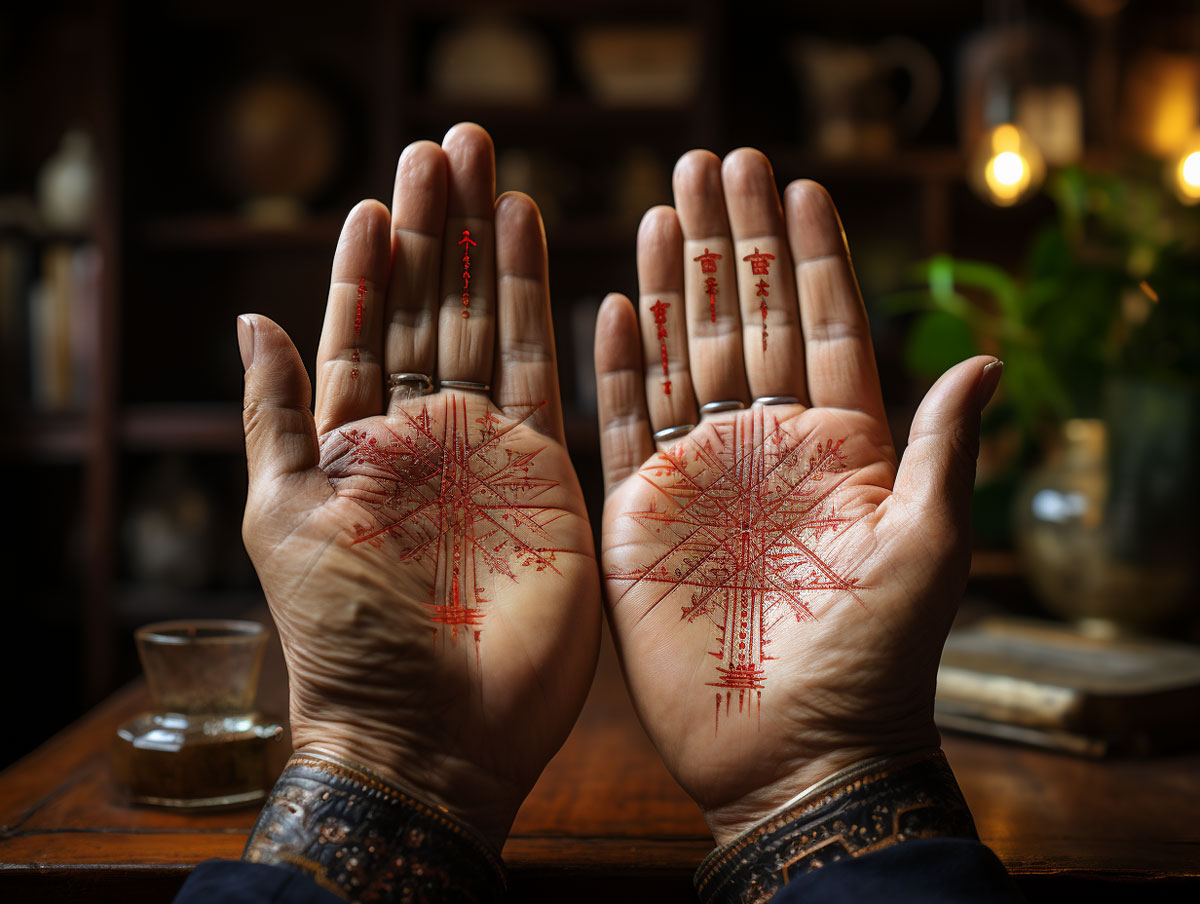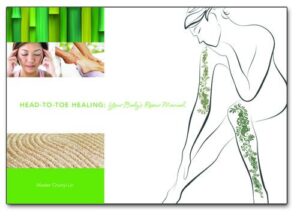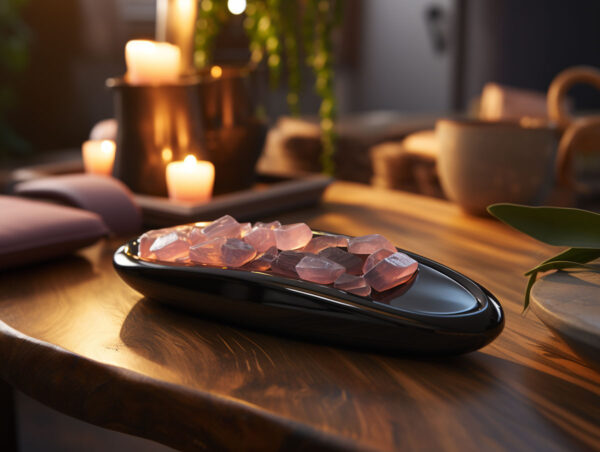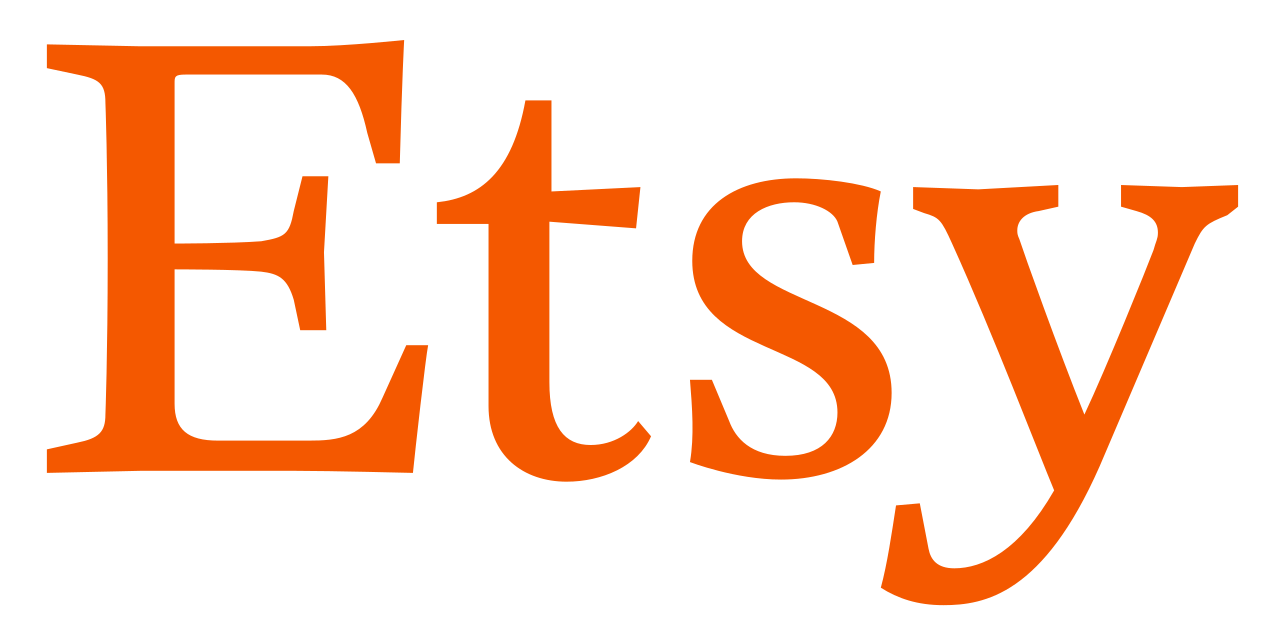Qi » Wellness Blog » Wellness Blog » Chunyi Lin’s Head to Toe Healing

Chunyi Lin’s Head to Toe Healing

According to TCM philosophy, Qi, the vital life force, pervades everything in the universe, including the human body. Governed by the dynamic forces of Yin and Yang, Qi flows through meridians and acupressure points, maintaining health when unobstructed. Blockages in these channels can disrupt energy flow, akin to a clogged drain impeding water flow. The harmonious balance of Yin and Yang in the body’s organs, facilitated by well-maintained meridians and acupressure points, is crucial for preventing and alleviating illnesses.
Head to Toe Healing Exercises
Achieving holistic health requires a balance not only in emotions, diet, and exercise but also through targeted techniques that stimulate various body parts. “Head to Toe Healing” introduces over 60 exercises focusing on acupressure, breathing, and sound, addressing issues such as headaches, back pain, and congestion. The book follows the Qigong principle that the body has the inherent ability to heal itself, and understanding the appropriate methods is key.
For instance, the book explores energy points at the base of the back of the head, affecting speech, eyes, sinuses, hearing, and mouth. By lightly cupping this area, the body can alleviate issues like stuffiness, headaches, and ringing in the ears. The relationship between meridians and acupressure points guides these practices.
Additionally, the book introduces exercises, dubbed “The Body’s Repair Manual,” specifically designed to protect the eyes. A simple exercise involving rubbing hands together until warm and placing them over the eyes is proposed, akin to using a heating pad for muscle relaxation. This practice not only helps the eyes recover from overuse but also aims to open energy channels, contributing to preventing eye conditions like macular degeneration and glaucoma.
Emphasizing the role of emotions, the book underscores their significance in the healing process. Positive emotions and thoughts are highlighted as major contributors to recovery. Affirmations like “I am fine, I am perfectly healed” are recommended to harness the healing power of a positive mindset.
A significant focus is also placed on the tailbone, connecting to the brain and reproductive organs. Cupping the tailbone is presented as a key warm-up and closing exercise in Qigong schools, addressing issues such as memory problems, enlarged prostates, irregular menstruation, kidney stones, and sexual functioning problems.
Conclusion
Incorporating tapping and touching exercises aligns with massage principles, particularly in Chinese and Thai traditions. While Qigong provides a powerful means of balancing energy, tapping, and cupping exercises offer convenient alternatives to enhance energy when performing Qigong is not feasible. The recommendation is to complement this book with Qigong active exercises such as the ones found here for a well-rounded approach to Qigong.






